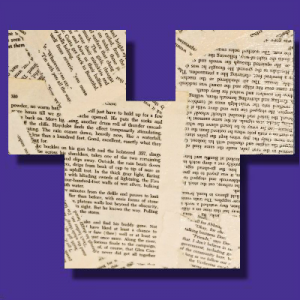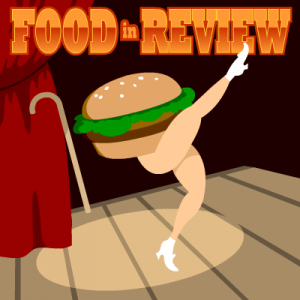Nostalgia is a strange thing. We tend to remember the gist of something rather than the thing itself, and we wind up with a hazy impressionistic view that’s connected more to the emotions we had while experiencing the thing. Mention Where in the World is Carmen Sandiego? and many people will smile, awash with a flood of sounds and images based mostly on the PBS afternoon game show: the tough-talking Chief with her cartoonishly oversized magnifying glass, middle-schoolers in shoulder-padded jackets planting prop flags on a gigantic map of the world, and that devilishly catchy theme song by a fedora-clad group called Rockapella. i don’t need to embed the video because you’re probably already humming it, but here goes:
Fewer people can remember the source material for the show, a revolutionary educational video game by Broderbund Software. i call it “revolutionary” and it remains so to this day, because it’s one of the few educational titles i’ve played that does such an excellent job of teaching while still being fun. And what did it teach? Geography, right? Actually, no! It’s time to pop your monocles, friends: Where in the World is Carmen Sandiego was not a game about geography.
Take a Look / It’s in a Book
Here’s where hazily-remembered nostalgia and fact part ways. Perhaps because so many people played the first Carmen Sandiego game at school, where software packing is quickly discarded, lost, or covered in gum and left at the back of a tangram-stuffed filing cabinet, most people don’t know or don’t remember that a key component of the game was the World Almanac and Book of Facts. Each and every copy of the original game shipped with this hefty reference manual, weighing in at hundreds of pages of dense detail about every country on Earth.

The game presented you with clues to a criminal’s whereabouts. If you were lucky, your source would say “he fled to a country with a red and white flag,” and you were in luck if one of your three choices was Canada (or unlucky if, say, your choices also included Japan). If you were extremely unlucky, your source would say that the criminal had fled “to a country with a $1400 GDP”. i imagine that kids playing the game in a disused elementary school computer lab during a rained-out indoor recess would, at this point, be completely hosed.
But the point of Where in the World is Carmen Sandiego is not to teach kids the gross domestic product of Burkina Faso. Learning the colours of Mexico’s flag, or discovering that Russia is in Asia are side effects of what the game actually taught: research skills. The format of Where in the World is Carmen Sandiego is perfectly tuned to help its players learn how to pore over a dense reference manual and to pick out the salient facts. Continuing the trend, the sequel Where in Time is Carmen Sandiego? shipped with the New American Desk Encyclopedia, while Where in Europe is Carmen Sandiego? similarly shipped with the Rand McNally Concise Atlas of Europe.
Research Skills for the 21st Century
Now that the humankind’s knowledge has exploded all over our computers, it would be really refreshing to see a present-day take on the Carmen Sandiego formula that substitutes the Internet for a hard-copy atlas, with a focus on cross-referencing, fact-checking, and sorting out signal from noise. A new Carmen Sandiego game could teach kids how to use boolean search conditions, and how to cast a critical eye toward Wikipedia articles by reading the Talk page. Today, more than ever, the actual subject matter they learn will be of collateral benefit; the real skill students need to gain is how to sift through it all.










We could get an NSA grant to create ‘Where in the World is Edward Snowden’. Same idea. Pour through the dossier of information on him, use advanced interrogation techniques on his friends and family, hunt him down!
And then when we find him, give the man a big shiny medal and a backrub. Digitally.
What a great point, I think you’re absolutely right. Jeff and I talk a lot about the dearth of skills in “kids these days” for critical thinking and media literacy, and yes, plain old search skills. For my students, I really need them to know how to search Google for salient information on programming concepts since there is no way to teach everything they need to know to build something actually cool or useful. And in recent Twitter… ongoings… I am often boggled by how little people (teens?) seem to be able to recognize a well-researched, intellectual argument from random emotional rhetoric. Games that teach critical thinking skills are more important then ever with the amount of information we have available to us now.
Ok – we agree. So … how do we do it?